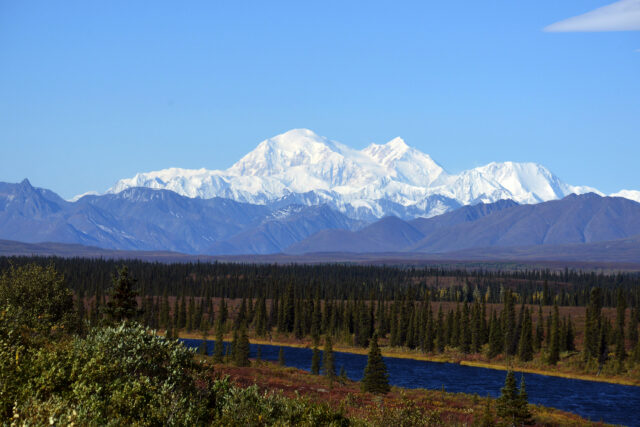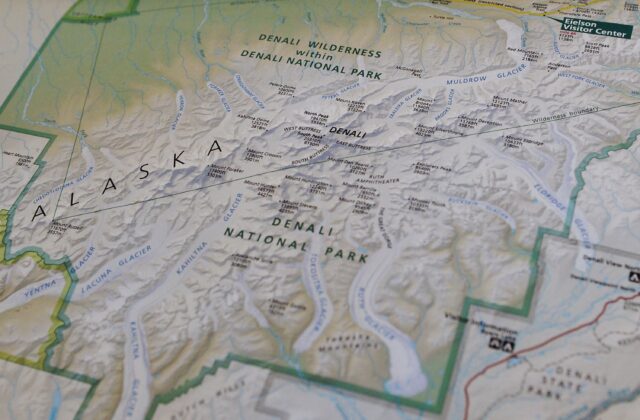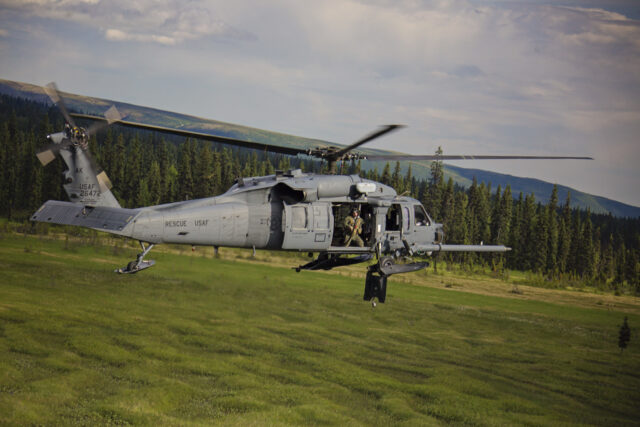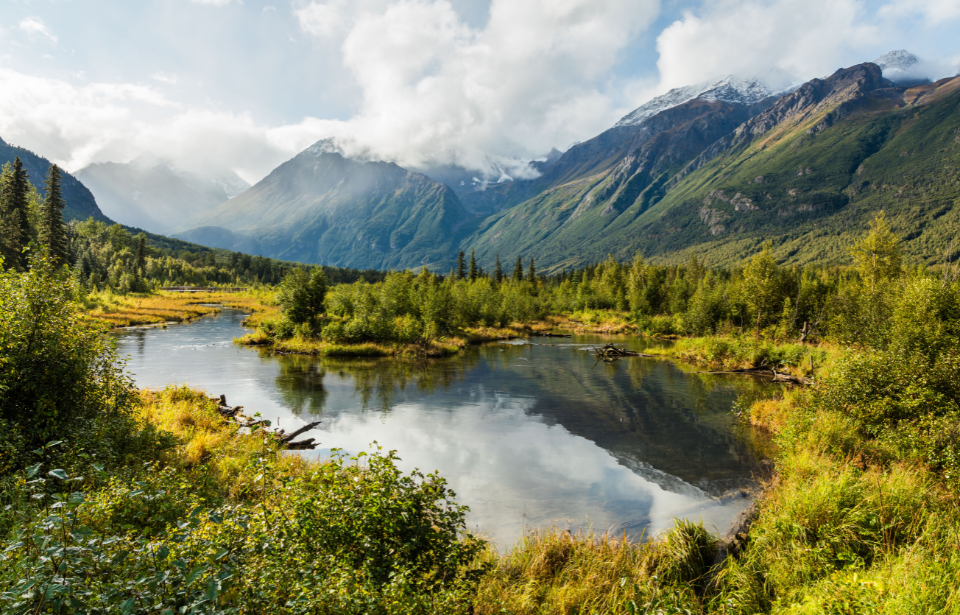The vast wilderness of Alaska is both majestic and menacing, a place where nature’s beauty is matched only by its potential danger. Among the many mysteries that shroud the state’s rugged terrain, one phenomenon has continued to intrigue and baffle both locals and outsiders alike: the Alaska Triangle. Stretching from the northern city of Barrow through Anchorage and to the southeastern region of Juneau, this area has been the site of an alarming number of unexplained disappearances.
All kinds of people have disappeared

What makes the Alaska Triangle particularly compelling is the sheer volume of vanishings that have occurred within its boundaries. Since 1988, it is estimated that more than 20,000 people have vanished without a trace, leaving behind nothing but questions. This has given rise to numerous theories and speculations as people strive to make sense of the inexplicable.
The Triangle’s allure is not merely based on the number of disappearances but also on the diversity of those who have gone missing. From seasoned hikers and outdoor enthusiasts to pilots and tourists, the Triangle does not discriminate, swallowing up a broad spectrum of individuals. The area is also known for aircraft disappearances, with one of the most famous cases being the vanishing of a USAF C-54 military aircraft in 1950 carrying 44 passengers, which disappeared without a trace.
Theories range from rational to supernatural

Like most mysteries, people have rallied trying to explain why so many have gone missing in the Alaska Triangle. Some suggest environmental factors, such as the region’s dense forests, wildlife, and harsh weather conditions, which can disorient and endanger even the most experienced adventurers. The terrain is treacherous, the weather unpredictable, and the wildlife formidable. Others point to the presence of large bodies of water, where swift rivers and glacial crevasses can prove fatal. Avalanches and hidden crevasses in the ice can catch even the most careful trekkers off guard.
However, there are those who believe in the existence of energy vortexes within the Triangle, akin to the famed Bermuda Triangle, which are said to disrupt navigation instruments and cause spatial and temporal anomalies. Then there are the legends of creatures and spirits from indigenous folklore, which add another layer to the mystery. These stories have been passed down for generations and are as much a part of the local landscape as the mountains and forests.
Search and rescue efforts

Behind every disappearance in the Alaska Triangle is a personal story, a family grappling with the pain of not knowing what happened to their loved one. The authorities and volunteer search teams work tirelessly, often in treacherous conditions, to provide answers but are frequently met with dead ends.
The vastness and inaccessibility of the Alaska Triangle present unique challenges for search and rescue operations. Despite these difficulties, dedicated teams of rescuers often put their own lives at risk while searching for answers. These unsung heroes navigate extreme conditions and utilize both cutting-edge technology and traditional techniques in their efforts to bring closure to families and unravel the mysteries of the Triangle.
Read more: Sea of Stars, Maldives: A Mesmerizing Natural Phenomenon
Whether fuelled by folklore, geological anomalies, or mere coincidence, despite the efforts to unveil the mystery, the Alaska Triangle continues to cause disappearances each and every year.
